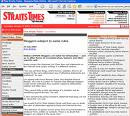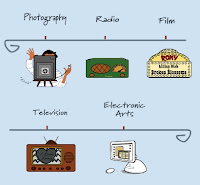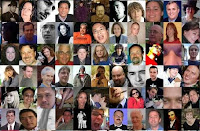Glaser says asserts that due to the information age and enhancements in multi media technology the main goal for newsrooms in the future will be to: “Serve the public by collaborating with them and delivering the news they want on the platform of their choice.”

Glaser labels the newsrooms of the future as the “new newsroom” or NNR. Glaser suggests that instead of minimising staff, news organisations will need to hire more staff to ensure that the running of a NNR is as smooth as possible. Glaser explains: “for every person let go who used to run newspaper presses, there would likely be another web developer added. For every person who drove a bulky TV newsvan around, there would be a search engine optimization expert added.”
Although Glaser’s discussion of how NNR may seem a little premature to people who are still adjusting to new media, he raises some valid points. Whether or not his predictions will come true, he has been bold enough to touch on a subject that many people do not want to consider .
Sources: Glaser, Mark (2007). “Futurama: How the local newsroom of the future might operate” found online at NPR’s Mediashift, 1 May 2007.







